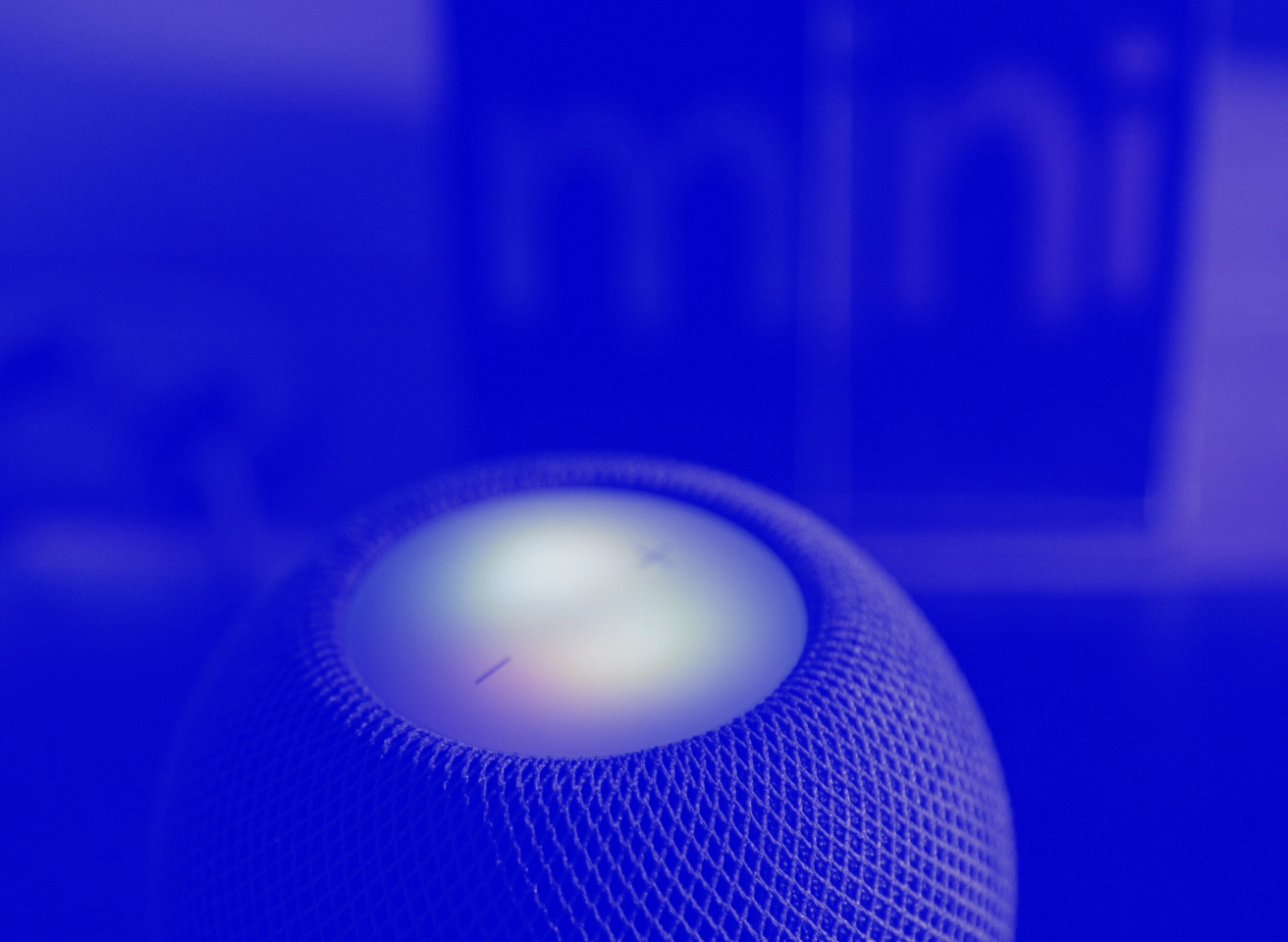Chatbots in NLP


Chatbots or conversational agents are so widespread that the average person is no longer surprised to encounter them in their daily life. What is remarkable is how quickly chatbots are getting smarter, more responsive, and more useful. Sometimes, you don’t even realize immediately that you are having a conversation with a robot. So, what is a chatbot? Simply put, it is a communication interface which can interpret users’ questions and respond to them. Consequently, it simulates a conversation or interaction with a real person. This technology provides a low-friction, low-barrier method of accessing computational resources.
Conversational agents are not new
Historically, the first chatbot, called ELIZA, was created in 1966 at MIT. The creator of ELIZA, Joseph Weizenbaum, wanted to demonstrate that communication between man and machine was superficial. So, ELIZA appeared as a parody of a non-directional psychotherapist in an initial psychiatric interview. The most notable feature of such a conversation is the chatbot’s ability to answer a prompt with a question. For example, upon receiving the sentence “My father hates me,” ELIZA reacted to the keyword “father”, answering: “Who else in your family hates you?” Despite the initial purpose of ELIZA being parody, it laid a foundation for the structures of chatbots which included keywords, specific phrases, and pre-programmed responses.
This major development was followed by PARRY (1972), A.L.I.C.E. (1995), and SmarterChild (2001). The high popularity growth of chatbots happened in 2010-2015, when it became possible to fully utilize the capabilities of machine learning, natural language processing (NLP), and convolutional neural network techniques. It was during this time that Siri, Google Now, Alexa, Cortana were created. These conversational agents are able to respond to voice commands, play music, perform internet searches, and, of course, conduct a conversation.
Modern chatbots have a similar architecture. They consist of a user interface, which is used to give a user’s input (in natural language: text message or voice message) and receive the output of a chatbot generated in the dialog system. All of the application logic is in a dialog system box. In the dialog box, the user’s input is parsed, and progressive NLP techniques are able to identify the user intent and extract relevant entities. Subsequently, a casual NLP pipeline is used. The crux of the interaction is in the last step, in which the chatbot must generate a response. Here we have two ways to get a response.
- The first one finds the best response from a library of predefined responses. The selection of the best response is based on a message and a whole context of conversation. Additionally, we can use machine learning models or rule-based if-else conditional logic for this purpose.
- The other way is to generate the answers and not always reply with one of the answers from a library. This option is more difficult, as the answer is generated word by word; however, it has the benefit of making conversation more “natural”. When the user’s request is too complex, the chatbot can redirect the question to humans.
Nowadays, you can buy chatbots in bot-markets or find an open-source code and create a simple bot with low coding skills. Let’s explore the benefits chatbots can offer.
Benefits of Using Chatbots
Some of the advantages of conversational agents are obvious, while others require some explanation. What we can say for sure is that chatbots provide a cheap option for improving customer service, whether they are AI based or not.
- Chatbots provide their service 24/7/365. They are answering questions in real time without sleeping, weekends or holidays. This does not mean that they “steal” humans’ jobs. The use of bots allows humans to focus on more complicated and intelligent questions, and also handle more important issues.
- Chatbots route conversations to the right specialists. Usually, a company provides different services. Even simple bots without AI support help customers reach the right specialists as fast as possible.
- Chatbots have a higher customer satisfaction rate. A lot of people prefer to get personal support instead of reading long explanations. Chatbots with strong AI can provide realistic conversation and personalize future customer interactions. Since nearly 46 percent of people prefer messaging over phone and email, chatbots are a viable option for providing service.
- Chatbots collect and analyze the questions your visitors have. Chatbots save conversations in order to further analyze your customers’ needs.
- Chatbots reduce customers’ waiting time. Customers get immediate answers to common questions in a chat window instead of waiting for responses by email or phone call.
How Can Chatbots Be Used?
Conversational agents are widely used. They are used as therapists, educators, lawyers. They are also employed in healthcare, banking, e-commerce, telecommunications, and human resources. Here are just a few of the uses that chatbots offer:
- Navigational chatbots. Customers sometimes experience difficulties with site navigation; for example, they may not be able to find a product page, FAQs, or sales. Customers can put their questions to a bot and receive an answer directing them as to where to click, or providing them with a direct link. Also, bots can recommend relevant content to them. Some applications (like Siri, Cortana, and Alexa) can be used as personal assistants.
- Transactional bots. These bots carry out a transactional process within the context of conversation. They are very powerful in order to repeat customers’ purchases or actions.
- Toys. Conversational toys are an example of the more entertainment-oriented applications of chatbots. With a set of rules, an AI-based conversational chatbot emulates a particular character and produces a storyline. This chatbot type was utilized in Hello Barbie with ToyTalk technology.
In order to have a balanced understanding of this field, it is also important to study the Tay chatbot as an example of the limitations of chatbots. Tay used tweets as a database in order to mimic the speech and habits of a teenage girl in 2016. Unfortunately,t it was shut down after 16 hours of existence, when it began to post inflammatory and offensive tweets.
Conclusions
The chatbot market was worth $1.27 billion in 2018, and is projected to reach $7.59 billion by 2024. People are very loyal to robots (according to Facebook, 1.4 billion users have used messenger applications, and are willing to converse with a chatbot). Bots are becoming smarter and beginning to solve new problems. All of this means that chatbots are set for a boost in market growth in the future.
Interesting For You

What is Natural Language Processing (NLP)?
Natural Language Processing (NLP) focuses on using computers to understand and derive meaning from human languages. In this formulation, the challenge for NLP is an extremely difficult one. The average 20-year-old native speaker of American English knows 42,000 words (from 27,000 words for the lowest 5% to 52,000 for the highest 5%) and thousands of grammatical concepts. We need a large volume of linguistic knowledge for communication in a professional context, as well as writing books and articles, which we spend decades developing. On the other hand, in everyday life, our language needs are less complex; using a vocabulary of 3000 words is enough to cover around 95% of common texts, such as news items, blogs, tweets, and learning from a text context. This facilitates the process of meaning extraction for computers, especially in terms of performing “simple” tasks like summarization, relationship extraction, topic segmentation, etc.
Read article

Sentiment Analysis in NLP
Sentiment analysis has become a new trend in social media monitoring, brand monitoring, product analytics, and market research. Like most areas that use artificial intelligence, sentiment analysis (also known as Opinion Mining) is an interdisciplinary field spanning computer science, psychology, social sciences, linguistics, and cognitive science. The goal of sentiment analysis is to identify and extract attitudes, emotions, and opinions from a text. In other words, sentiment analysis is a mining of subjective impressions, but not facts, from users’ tweets, reviews, posts, etc.
Read article

Reinforced Learning
Artificial Intelligence uses three basic methods for machine learning: supervised learning, unsupervised learning, and reinforcement learning. In general, these methods are called learning paradigms. The learning paradigm chosen is determined by the specific task at hand. We choose supervised learning for classification and regression tasks. Cluster identification or anomaly detection are typical tasks that can be solved within the unsupervised learning paradigm. The primary goal of reinforced learning is to create software agents that can automatically interact with an environment, learn from it, and determine the optimal behavior in order to optimize its performance. In this article, we will discuss reinforced learning paradigms in detail.
Read article



